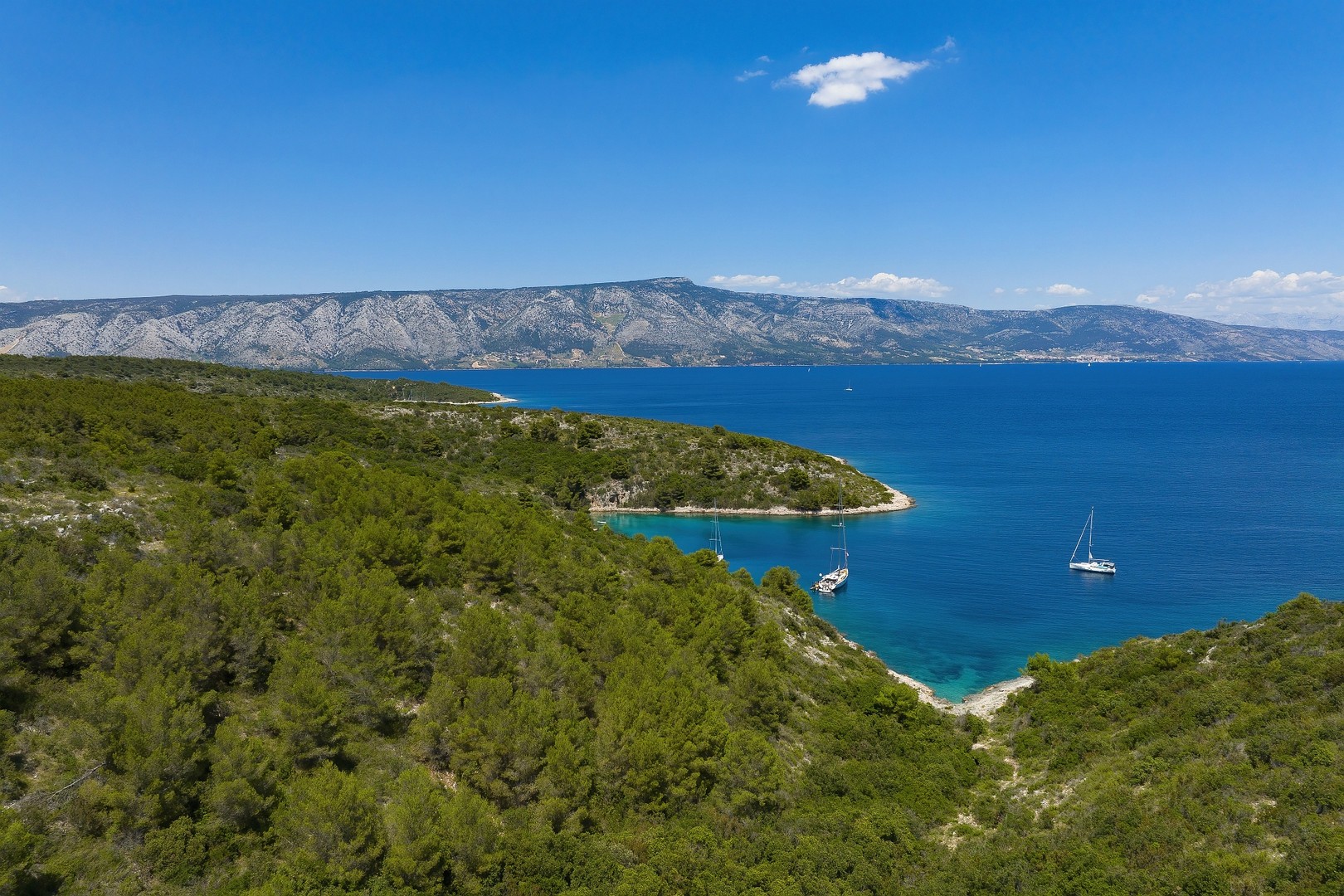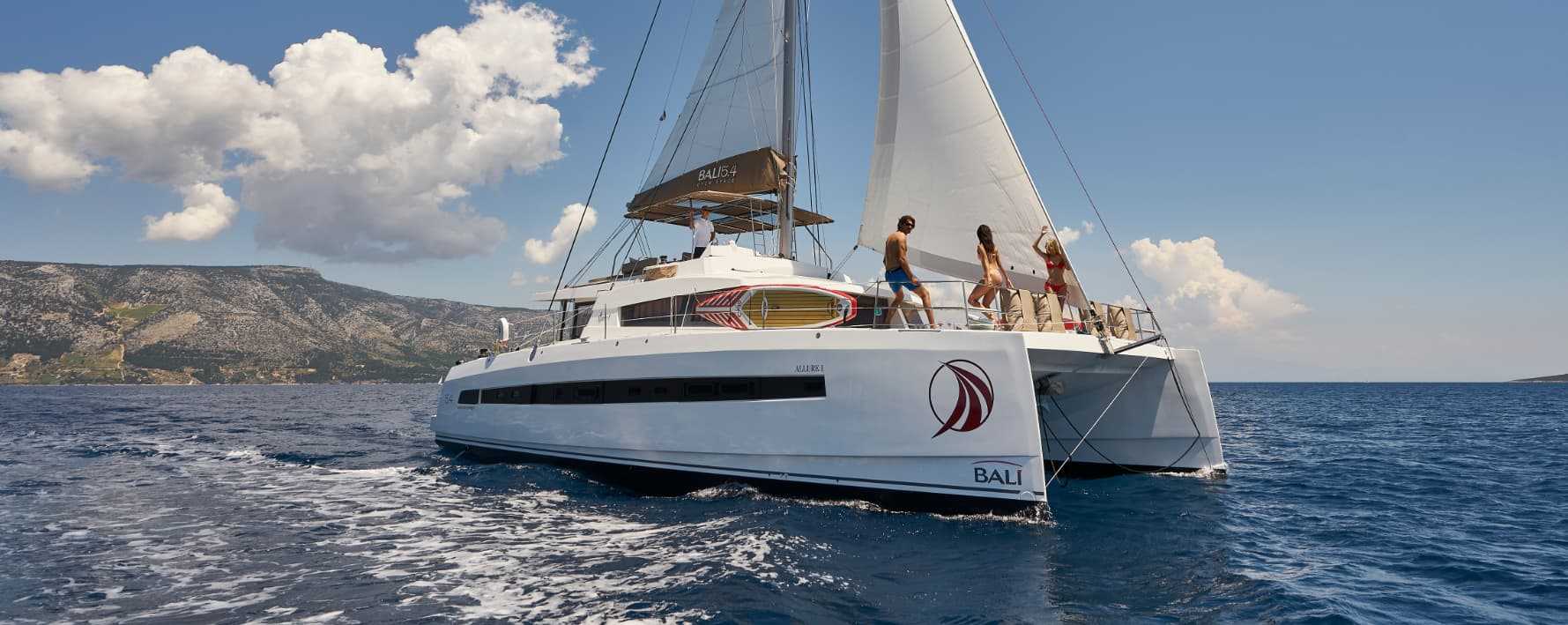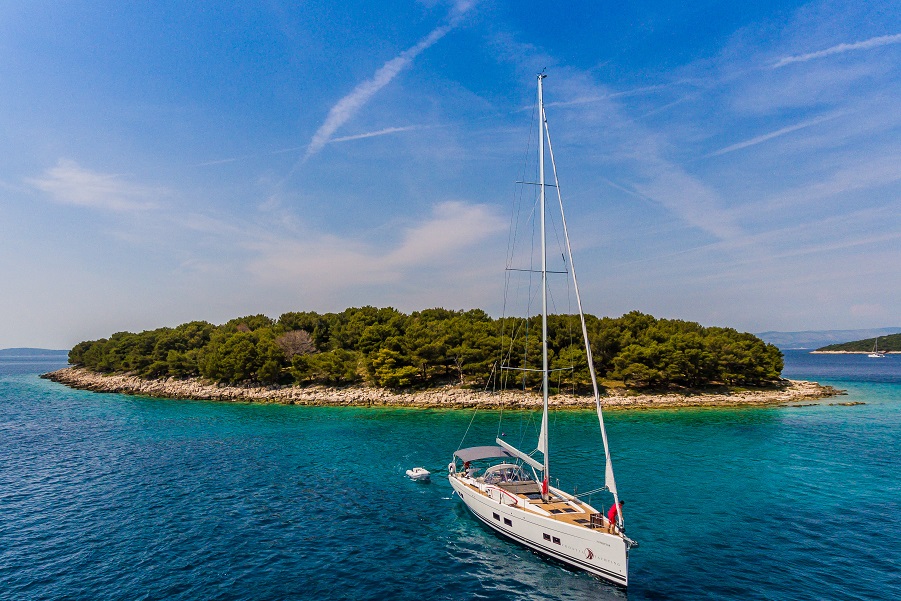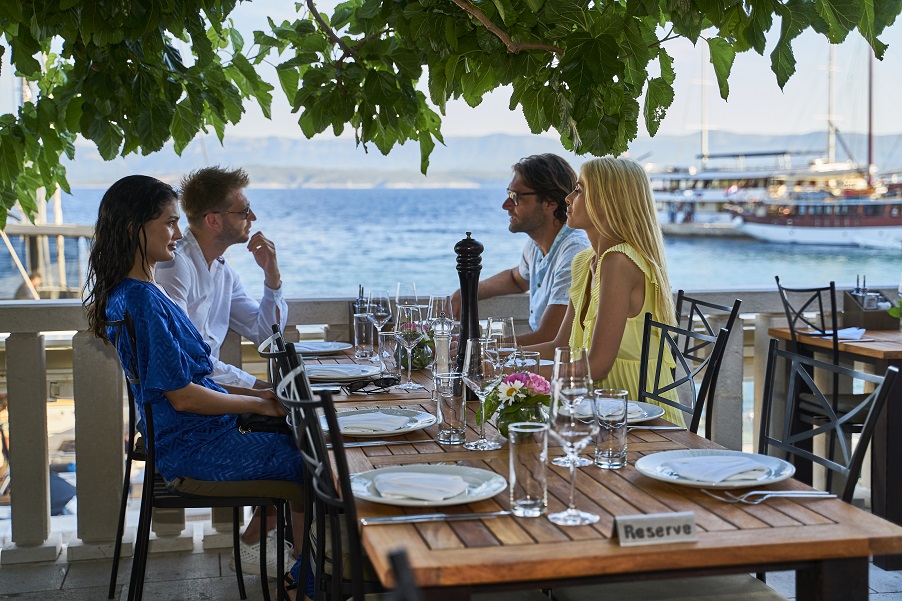Elafiti Islands: A Dreamy Archipelago Just North of Dubrovnik

Table of Contents
The Elaphiti islands, a dreamy archipelago just northwest of the better-known town of Dubrovnik, are a must-see for boaters traversing the Adriatic. Named after the Greek word ‘elafos,’ this small island group comprises 13 islands and islets and owes its unique name to deer. Pliny the Elder is credited with saying the hoofed mammal roamed the islands long ago. While there is no evidence of this, we think it adds to their charm.

Of the 13 islands in this archipelago, only three are populated and boast content for visitors - Šipan, Lopud, and Koločep. Interestingly, with a total land area of around 30 square kilometers, the Elaphiti islands have a population of just 850 inhabitants, who mostly spend time there during the warmer summer months.
A go-to for sun-seekers since ancient times, the Elaphiti islands have always been a popular vacation destination. A place where old aristocrats and modern travelers could kick back in nature, surrounded by dense pines, olive groves, and pristine beaches. An Adriatic escape where the mild Mediterranean climate brings life to diverse flora and fauna.
Today, the Elaphiti islands are hard to miss on any Dubrovnik sailing route, and with three marinas in the area, it’s easy to see why. However, we think it’s best to dive into this archipelago from ACI Marina Dubrovnik in Komolac, just 6 kilometers from Dubrovnik at the mouth of the Ombla river. And once you’ve set sail? Here’s what you should explore on your sailing tour.
Šipan
With 16 square kilometers, Šipan is the largest of the Elafiti Islands, and it does not only have remarkable dimensions but is also famous for agricultural wealth and rich history. Famous for having the Guinness World Record for the most olive trees per square meter, an area with olive groves in Šipan is a way of life which is practiced in the form of olive oil production and visits to olive trees that have grown for many generations and are still there today.
The history of the Republic of Dubrovnik and the island of Sušan is quite sad. As it is known, the island of Sušan – Šipan is one of the five islands in the archipelago of last city republic – the republic of Dubrovnik – which attempted to make a grand comeback to its glory days as a trading powerhouse, like it used to be during the 15th and 16th centuries. But like any other island of the archipelago, Šipan had its own lush and noble past as well. It was because of the rich and fertile soils on the island, making it an ideal for the people who opted to exploit its resources and for the republic of Dubrovnik – a reserve that helped boost the continent’s agricultural output. But just as life on the island was flourishing, the island’s elite began to make its mark on the island.
The Summer houses built by the aristocrats built on Šipan eventually became grand summer estates by many of those families who inherited the houses. Those lavish summer homes have a stunning gothic/roman style which makes the island even more enchanting. There were also 16th century summer houses, still in magnificence today built by Vice Stjepović Skočibuha in Suđurađ, one of the two primary settlements on the island.

Unlike Suđurađ, attention can be drawn to the Šipanska Luka village on the opposite shore of the island. This is a place where one can walk through a Roman villa, see the Gothic style of the fifteenth century Duke’s mansion, and imagine how Dubrovnik would have been generations ago. Both of these settlements testify of an island that was not only inhabited but thrived. Its relics include over 42 summer houses and over 30 churches, which were constructed as refuges in times of piracy. Now most of these are in ruins but 20 of them are in use as the people on the island are known for their strong will and devotion.
Šipan is easy to access for those coming by boat as it has many docking possibilities. The eastern coast has a beautifully built stone shore for the visitors to moor and the southwestern one has a 20 meter long dock which is useful for visiting different wonders of this island. Taking in the tastes of the local olive oil, walking among the old villages and searching antique objects, Šipan creates an irresistible tide of surroundings and a palette of cultures too vibrant not to experience when visiting Elafiti Islands.
Lopud
Lopud, one of the magical islands of Elafiti, is preferred by tourists who are seeking natural beauties and historic gems. The second largest of the archipelago, Lopud is just seven nautical miles from Dubrovnik and is also the best developed and one can argue the most beautiful. Car free, the island is quiet and peaceful, where traditional stone cottages and Mediterranean plants co-exist with ancient castles, creating an ideal recreational environment.
Lopud is most popular for its sandy coastline, especially its most popular beach – Šunj Bay located on the southern side of the island. Šunj boasts beautiful, shallow, and warm waters along with perfectly soft sand, which makes the beach quite popular among locals and tourists who can reach it through a marked trail starting from Lopud village or by boat. For those who prefer a faster alternative, it’s possible to rent a golf cart for a very small charge. The bay is extremely popular among sailors because of the calm and sheltered winds, which are perfect for anchoring and admiring the surroundings.

However, Otok Lopud does not base its attractions only on its beaches. The island used to belong to the Republic of Dubrovnik and has a long and interesting story. Lopud with its peak population in the past of over a thousand people was mostly a center for commerce and shipbuilding, having a ship break and repair infrastructure, including a fleet, part of the Republic’s naval force. History buffs will discover the remains of 36 churches and chapels scattered across the island, as well as the intact Franciscan and Dominican convents, which together paint a vivid picture of the summer of Lopud.
It would be a sin to come to the Elafiti Islands and not visit Lopud, with its beautiful history and breathtaking calmness that will suit every type of traveler: basking on the beach or getting lost in the culture that the island has to offer.
Koločep
Koločep, the closest Elafiti island to Dubrovnik with just six nautical miles away, is a peaceful, picturesque island with abundant natural resources as well as historical sites. Referred to as Kalamota by the residents of the island, the island has belonged to the Republic of Dubrovnik since the 11th century. Though it would be the smallest of the three inhabited Elafiti islands, Koločep has a lot of places to explore from olive and citrus tree terraces to thick forests of pines that cover the island’s terrain.
Like other inhabited Elafiti Islands, Koločep is free from cars and has two settlements, Gornje Čelo and Dun Djivan, about 3 kilometers apart. The island has a simple and quiet lifestyle, and has approximately 200 residents. Koločep is also a sunny island where there are about 250 sunny days in a year, best for enhancing its two beaches: Dun Djivan and Donje Čelo. On the western part of the island in the Donje Čelo area, the location is very favorable for sailors who can anchor boats, because the area is relatively free of southern wind and is attractive to look at the village and surroundings scenery.
All those who are considering exploring the outer islands of Koločep will not be disappointed as the uninhabited nature is within reach. Other places worthy of a visit are also Kosmec and Veli Jakljan with its wide and very quiet bay that does not see much boat traffic and is perfect for those who are looking for landscapes off the path.
Touring around Koločep and other Elafiti islands grants everybody with the opportunity of experiencing the Adriatic, which is among its most calm, where pristine beaches, old town outlifts and mooring locations blend into an unforgettable sea trip.
Attractions and Activities on Elafiti islands
Lopud is its own cradle of Croatian history and certainly the most developed in the archipelago, with many Renaissance, Baroque, and Gothic attractions to visit. For example, the Lopud Franciscan Monastery was founded in 1483 on the island's east side overlooking Lopud bay. After an incredible (and quite long) restoration, this monastery has been transformed into an exclusive luxury hotel. The Beckhams even celebrated their 23rd wedding anniversary there last summer!
You can also visit the beautiful Đorđić-Mayneri garden, grown by the Venetian baron Augusto Mayneri, which sits next to the summer villa of the noble Dubrovnik family built in 1494. It’s not hard for nature lovers to delight in a summertime stroll through here, and a fun fact? The park is the second-largest park in the region!
If you don’t mind hiking uphill, you can find the 16th-century remains of the Sutvrač Fortress. We promise the views over the island are worth the summer sweat.

Koločep is also great for those looking to stretch their sea legs with a hike, as the highest peak on the island is 380 feet above sea level. The most famous trail leads from Gornje Čelo to the lighthouse. The path heads towards Placet, located on the island’s southern side and known for its picturesque beaches at the bottom of dramatic cliffs. Once you arrive at the headland overlooking the lighthouse, you’ll find a series of steps leading down to the sea and back up to the lighthouse. Enjoy the views, as you’ll be able to see Dubrovnik and Daksa Island.
Šipan is excellent for hikers, too, especially those wanting to hike to the island’s highest peak - Veli Vrh. At 243 meters above sea level, this moderate hike leads you through olive groves and Mediterranean flora. And the best part? You’ll be rewarded at the top with a view over Šipan and the surrounding islands.
We know these activities will work up an appetite, but don’t worry - the Elaphiti Islands aren’t shy with their culinary offer. However, a few restaurants are especially worth a shout - and they’re both located on the island of Šipan. Like Konoba Kod Marka in Šipanska Luka. A family affair started by father Marko and continued by son Đino, Kod Marka is a casual seaside eatery and haven of local cuisine where seafood is king.

Near Suđurađ is another must-try spot - Bowa. Following the ‘best of what’s around’ concept, Bowa was born in 2016, thanks to the shared dream of a sailor, architect, and restaurateur. Located in the secluded Vrbova Bay, Bowa serves only what they can source on the island and modernizes age-old recipes from the region. Pulling up to this seaside joint by boat will make you feel more like James Bond than ever. No matter where you tempt your taste buds or which island you choose to explore, the Elaphites are one of Dalmatia’s dreamiest archipelagos. Don’t miss a chance to meet them on your next sailing trip.
















